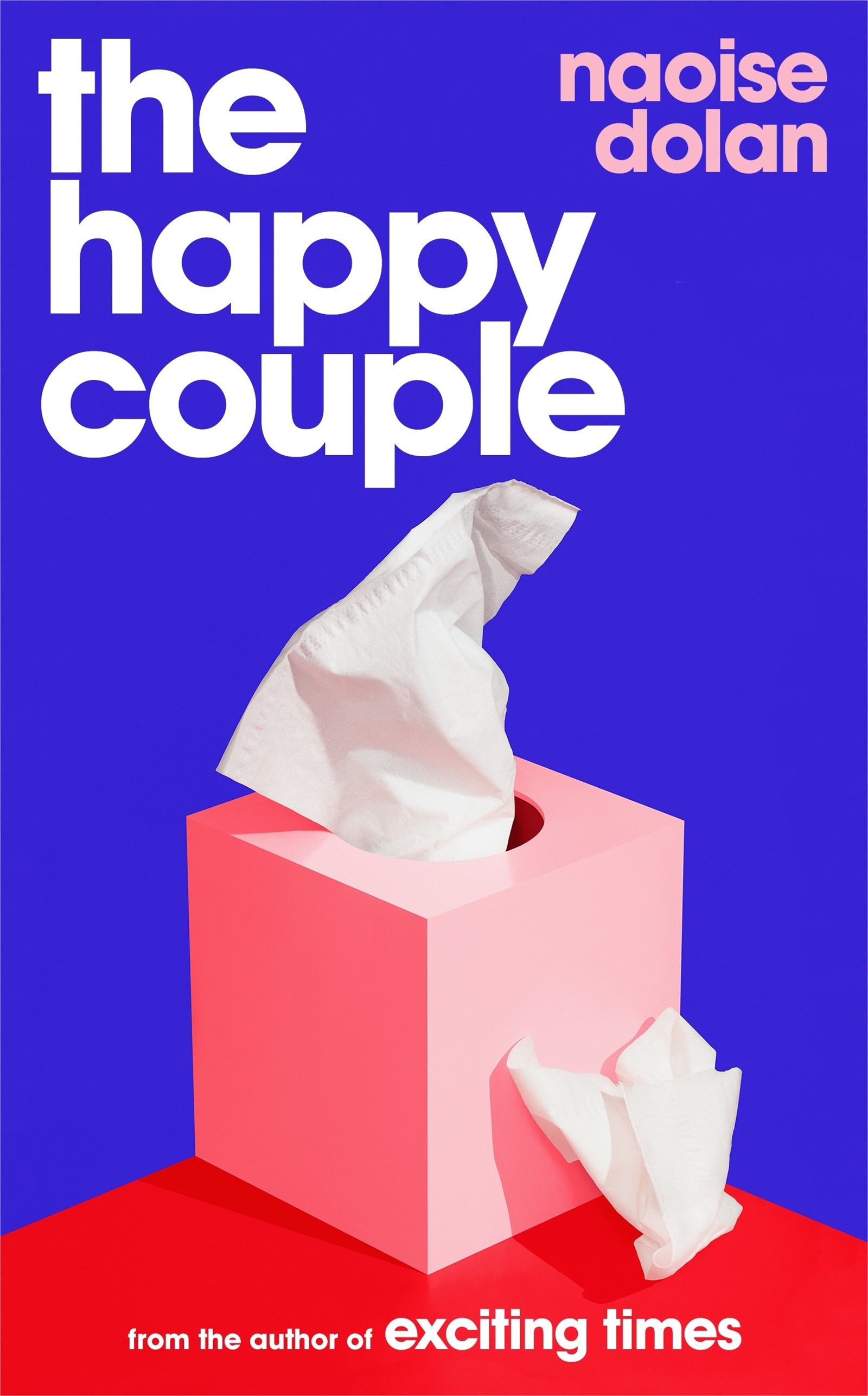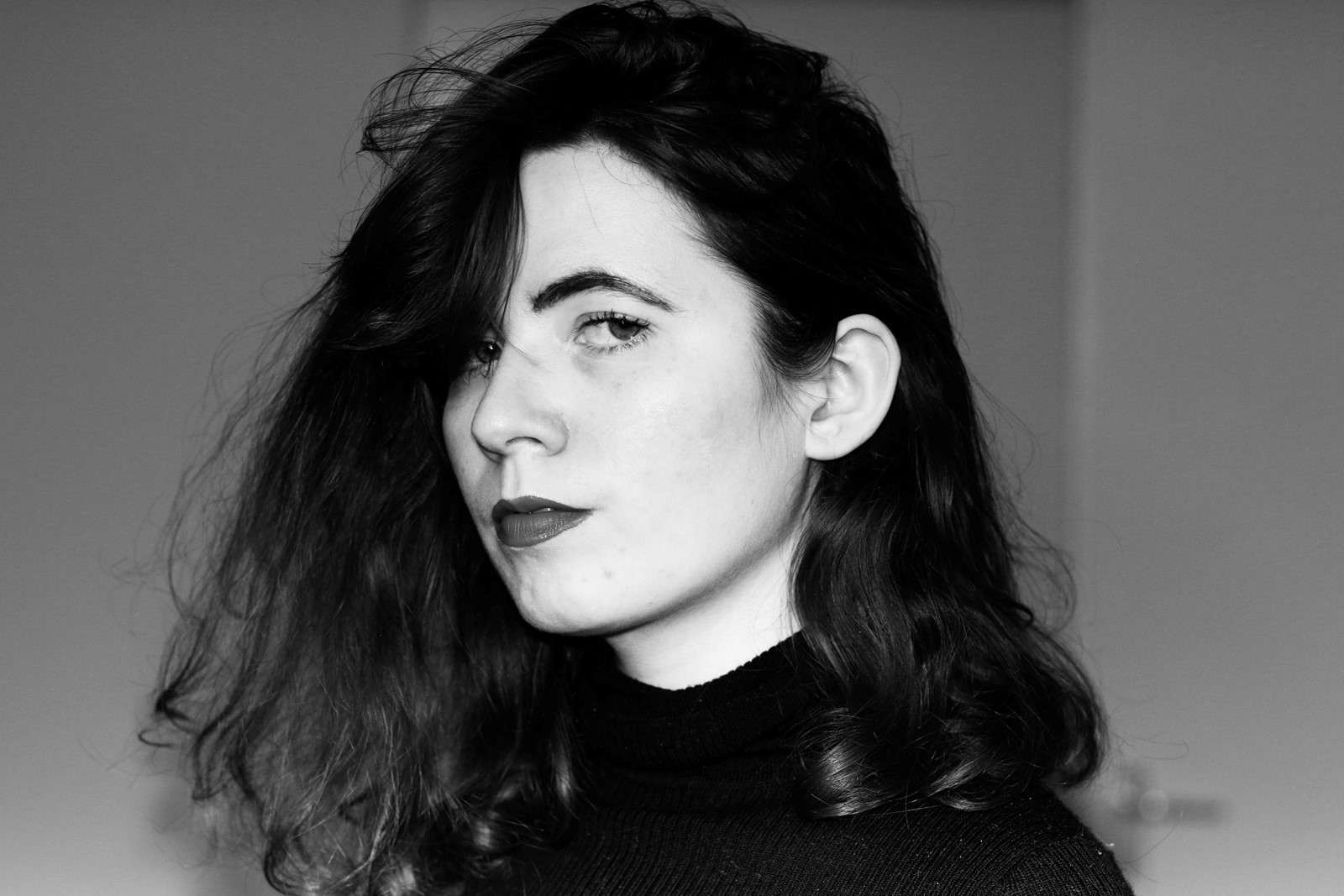Following the release of Naoise Dolan’s debut novel Exciting Times, the author garnered widespread critical acclaim for her bitingly deadpan prose and bittersweet encapsulation of millennial romance. Chronicling the life of 22-year-old bisexual Irish expat Ava in Hong Kong, the novel follows the EFL teacher as she navigates her relationships with sex, power and her own identity. It’s of little surprise that after receiving numerous accolades – including a long listing for the Women’s Prize and the Dylan Thomas prize, among many others – that Dolan’s new novel, The Happy Couple, has been highly anticipated.
As you might expect from Dolan, the book is effervescent, farcical and unapologetically queer. Set between Dublin and London, the novel follows the engagement of pianist Celine and PR specialist Luke. The problem? He’s a nonchalant commitment-phobe while she’s unable to envision a life without companionship, despite her unwavering dedication to her art. Complicating matters further, Celine’s sister Phoebe becomes increasingly sceptical of Luke, while Archie – his best man and ex-boyfriend – can no longer suppress his lingering affections for the groom-to-be.
Both Luke and Celine, as Dolan insightfully observes, feel compelled by familial and societal expectations of monogamous matrimony. Luke himself even notes in a draft of his wedding vows: “heteronormativity is a near-ubiquitous form of mania.” But is that a good enough reason to get married? As the wedding rapidly approaches, only time will tell if they make it down the aisle.
Ahead of The Happy Couple’s release, AnOther spoke with Dolan about genre, joy and the Irish diaspora.

Katie Tobin: How have things been since the publication of Exciting Times? And what inspired you to write such a joyful follow-up in a time of such instability for a lot of people?
Naoise Dolan: Things have been … well, they’ve been. A pandemic occurred, so there’s that. I was definitely of a mind to write something fun – for myself, really, because as far as community service goes, you could equally argue that sad books can aid catharsis. But definitely, whenever there’s a crisis in my family or my friend group, I am the one providing distraction and cracking jokes. Scale that up, and it becomes apparent why I’d write a happy plague book.
KT: The Happy Couple feels more distinctly Irish than a lot of other popular fiction that’s come out from Ireland in the past few years. The passing discussions about cross-cultural differences and postcoloniality that Ava and Julian had in Exciting Times feel much more enriched here. As a British-Irish reader myself, I’m keen to know how much of The Happy Couple is a love letter to Ireland.
ND: I think my first novel offers quite a binary view of Irishness, in that the characters are either Irish or not. That’s not problematic necessarily; it’s just a choice of emphasis. But having already written a novel that did that, I was interested in writing one where the multiplicity of Irishness gets explored.
I take it as given that identity is socially constructed and there’s no empirical biomarker for ‘Irishness’; I am not interested in staging a debate over that in my fiction. But accepting the premise that Irishness is constructed – what is it made of, and do we like its components? I do like many of them a lot. I adore Irish English, for example, and I love tracing how it’s been influenced by our pre-colonial language Gaeilge (which I have found most non-Irish people assume to be a mere dialect of English).
“I was definitely of a mind to write something fun – for myself” – Naoise Dolan
KT: It’s quite apt to characterise Exciting Times as a coming-of-age story for Ava, but to what extent do you see The Happy Couple as a Künstlerroman for Celine and her career as a pianist?
ND: I think it depends on whether a Künstlerroman is necessarily about the artist’s work, or whether it’s enough for the protagonist to be an artist when their work isn’t the central axis of change. There is, I hope, enough description of Celine’s piano career that we understand its significance for her. But nothing really changes about Celine’s work in the novel; rather, what changes is how she organises the rest of her life to facilitate that work. Then again, David Copperfield is often described as a Künstlerroman when we don’t get much description of process beyond ‘I laboured hard at my book’, so maybe you don’t need to get too nitty-gritty for it to count.
KT: I’m particularly interested in Luke as a character. There are certainly some similarities between him and Julian from Exciting Times (both went to Oxford and seem fairly non-committal when it comes to relationships), but Luke is the only character granted a voice in the first-person. I’m wondering if you could talk a little bit about that decision.
ND: Giving Luke a first-person voice was largely for formal variation: I wanted each section to have its own feel, and changing narrative mode is an efficient way to do that. I also just thought it would be fun! There is definitely a petty part of me that got irritated that, after I’d put a lot of work into creating a voice specific to the narrator in the first book, some people assumed I was just writing as me.
So to that extent, I felt a childish desire to put equal work into writing as another character, and have that work be recognised this time because the character is a man. But that wasn’t my primary motivation, because ‘this must have taken a lot of work’ is really not the reaction I want from readers. I want the whole book to read like it took no work at all.
“All people have the makings of a protagonist, but you can’t see everyone’s makings at once” – Naoise Dolan
KT: On a similar note, the way Luke conducts himself in relationships feels eerily reminiscent of the fickle landscape of modern dating. There were a lot of discussions earlier this year about one-dimensional men in fiction, and I’m curious about the process of crafting a character like Luke, who feels so flawed but forgivable. What was that like for you?
ND: Well, obviously no one deliberately writes flat characters. At most one might make the tactical decision not to focus on a given character’s development because it’s not crucial to the narrative. But in Luke’s case, I think the plot hinges as much on his decisions as Celine’s, and so I spent time on him. There’s a trade-off; I had to accept that I couldn’t spend as much time on secondary characters like Celine’s uncle, Grellan, and aunt, Maggie, even though I thought they had enough potential depth to justify it. It’s always a decision, and I guess that reflects life: we know much more about some people than others, and we would die of sensory overwhelm if we processed everyone’s entirety. All people have the makings of a protagonist, but you can’t see everyone’s makings at once.
KT: It’s clear that your love of Victorian literature has shaped the narrative style and setting of The Happy Couple, but do you think we’ve moved beyond the necessity for the marriage plot in contemporary fiction?
ND: Zadie Smith’s seminal White Teeth, for instance, was published nearly a quarter of a century ago and didn’t need the marriage plot, and that’s potentially shaped by the fact that marriage never promised for her primary characters what it once did for rich white people. Those promises were in any case false: marriage has been an overwhelmingly violent institution for people of all social categories. But even the idea that it was meant to take care of anyone was never really universal.
I think as well, though, that Victorian fiction itself doesn’t rely nearly so heavily on the marriage plot as current popular conception assumes. Certainly for the men – Dickens, Thackeray, Trollope, Hardy – there’s not always a wedding at the end, and when there is, it’s there as a sort of full stop; it’s, for sure, culturally telling that they add it, but the novel wouldn’t suffer if you cut it out. George Eliot does round off even her mature works with marriage, but she extensively probes the institution before that point, and by Villette Charlotte Brontë has dropped the ‘Reader, I married him’ entirely. So I don’t think fiction develops linearly; I think at any given point in the history of letters, there’ll be some writers doing some things and other writers doing other things, and how we characterise that particular moment says more about our own concerns than anything else.
The Happy Couple by Naoise Dolan is published by W&N and is now.
